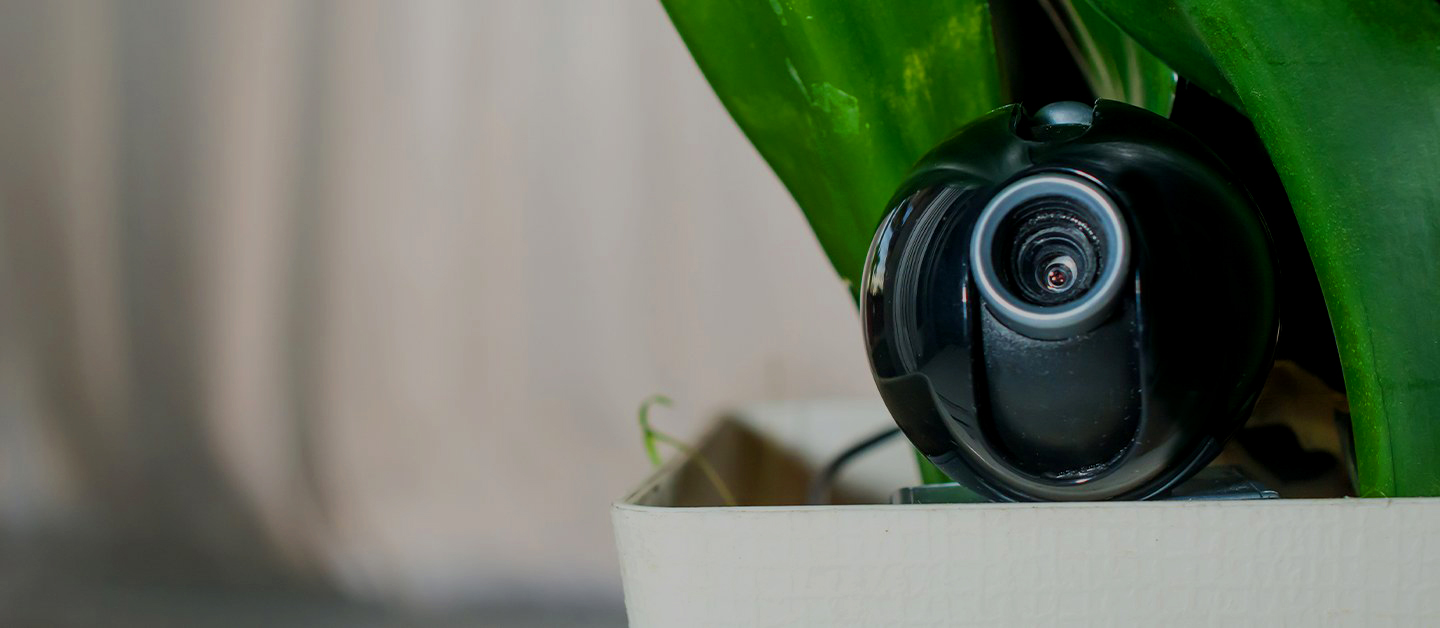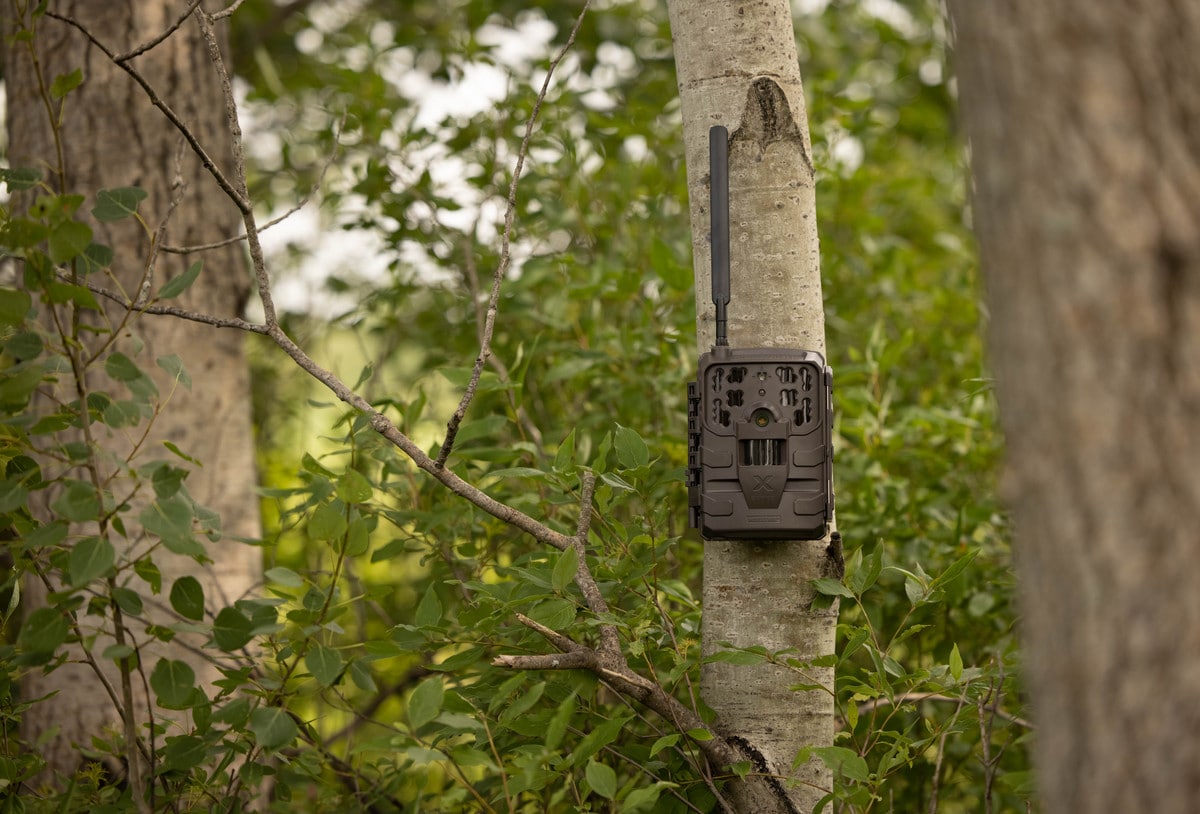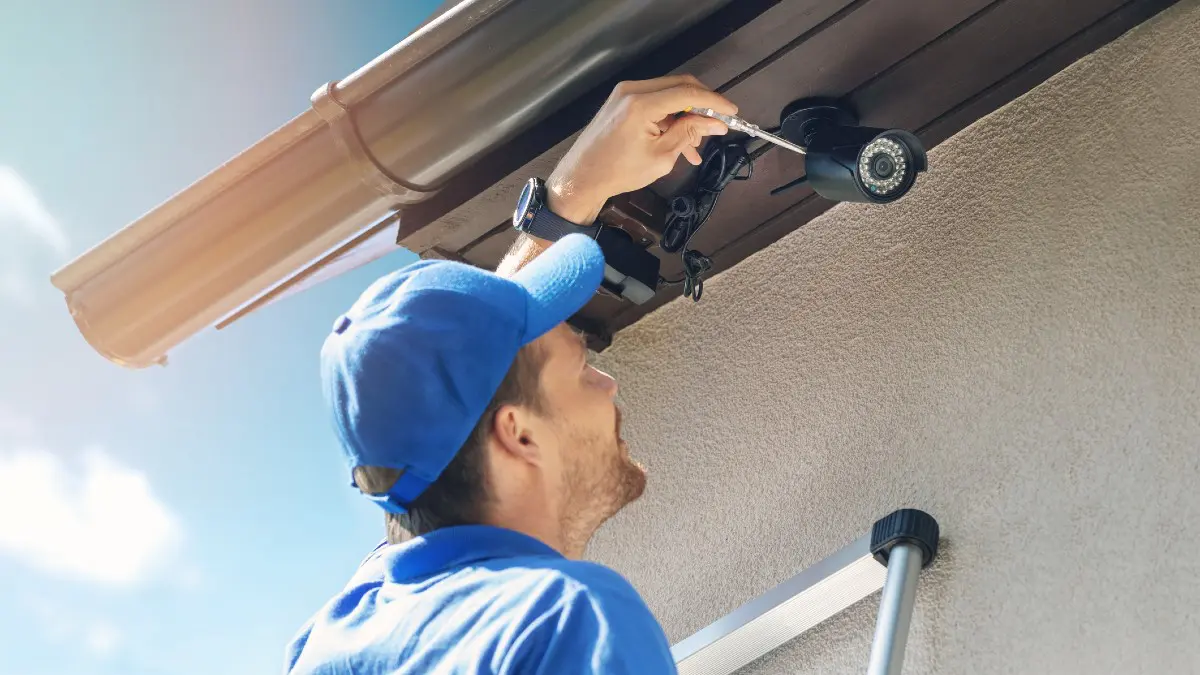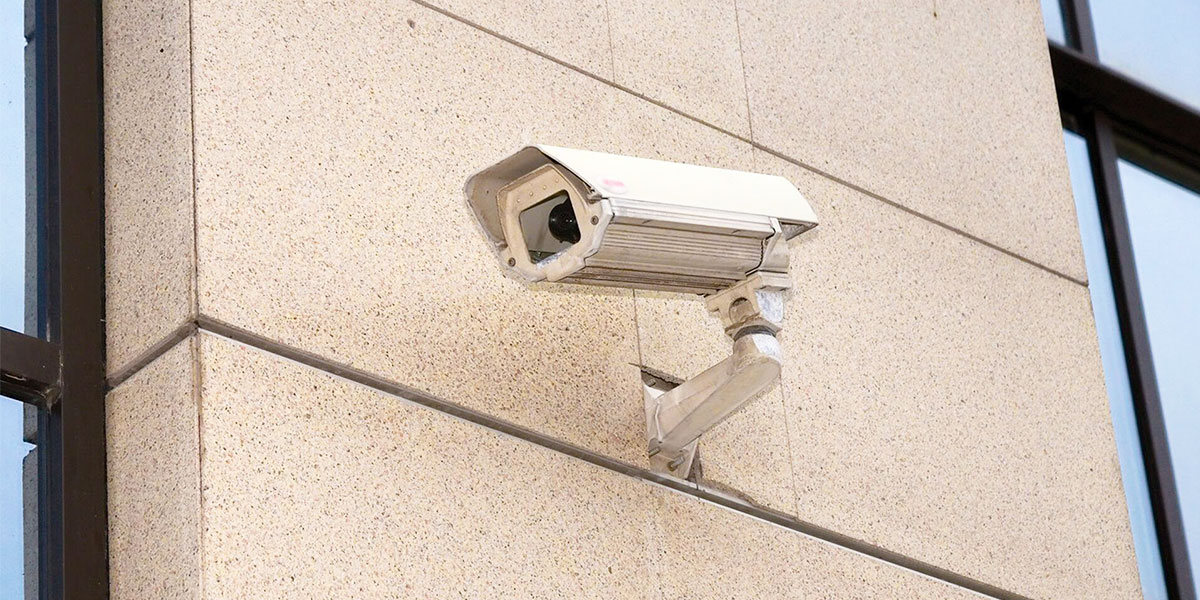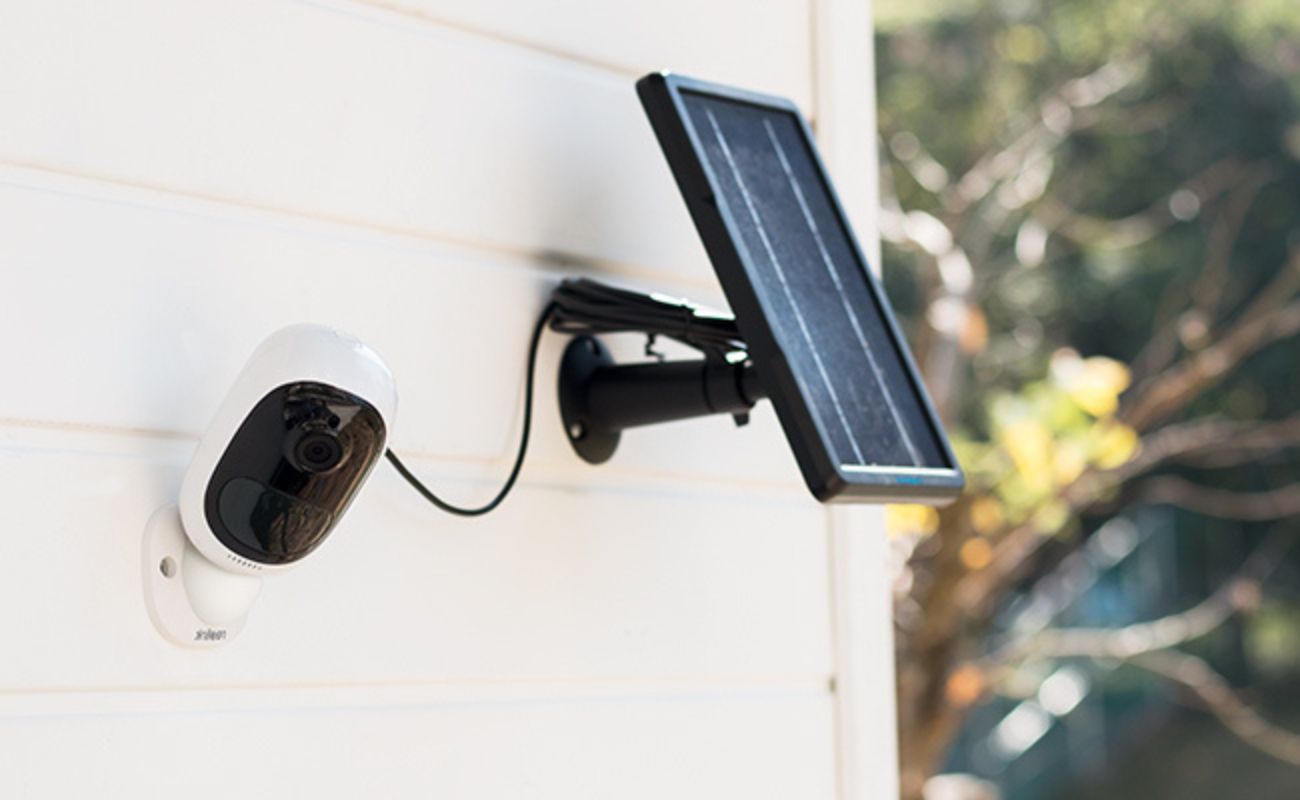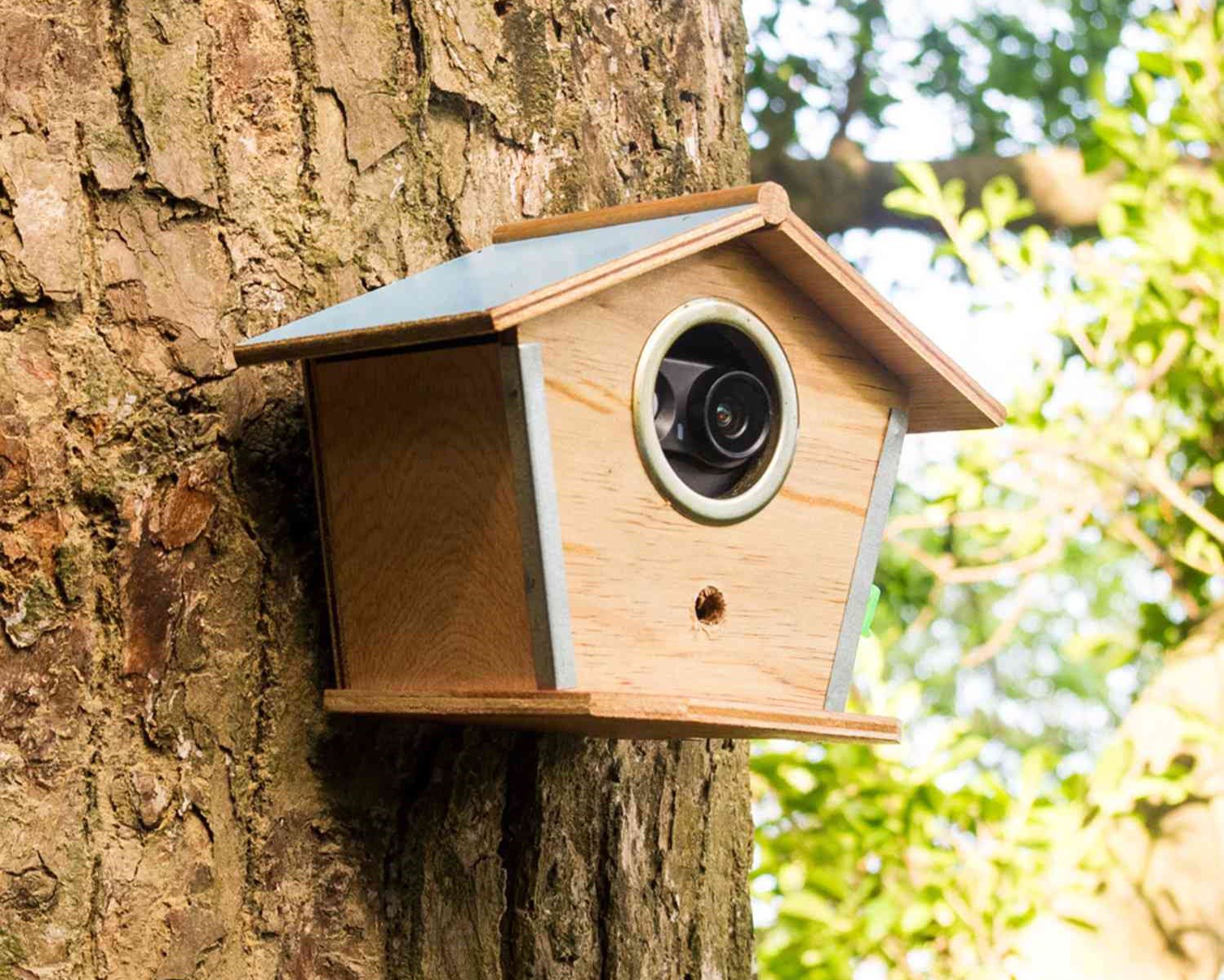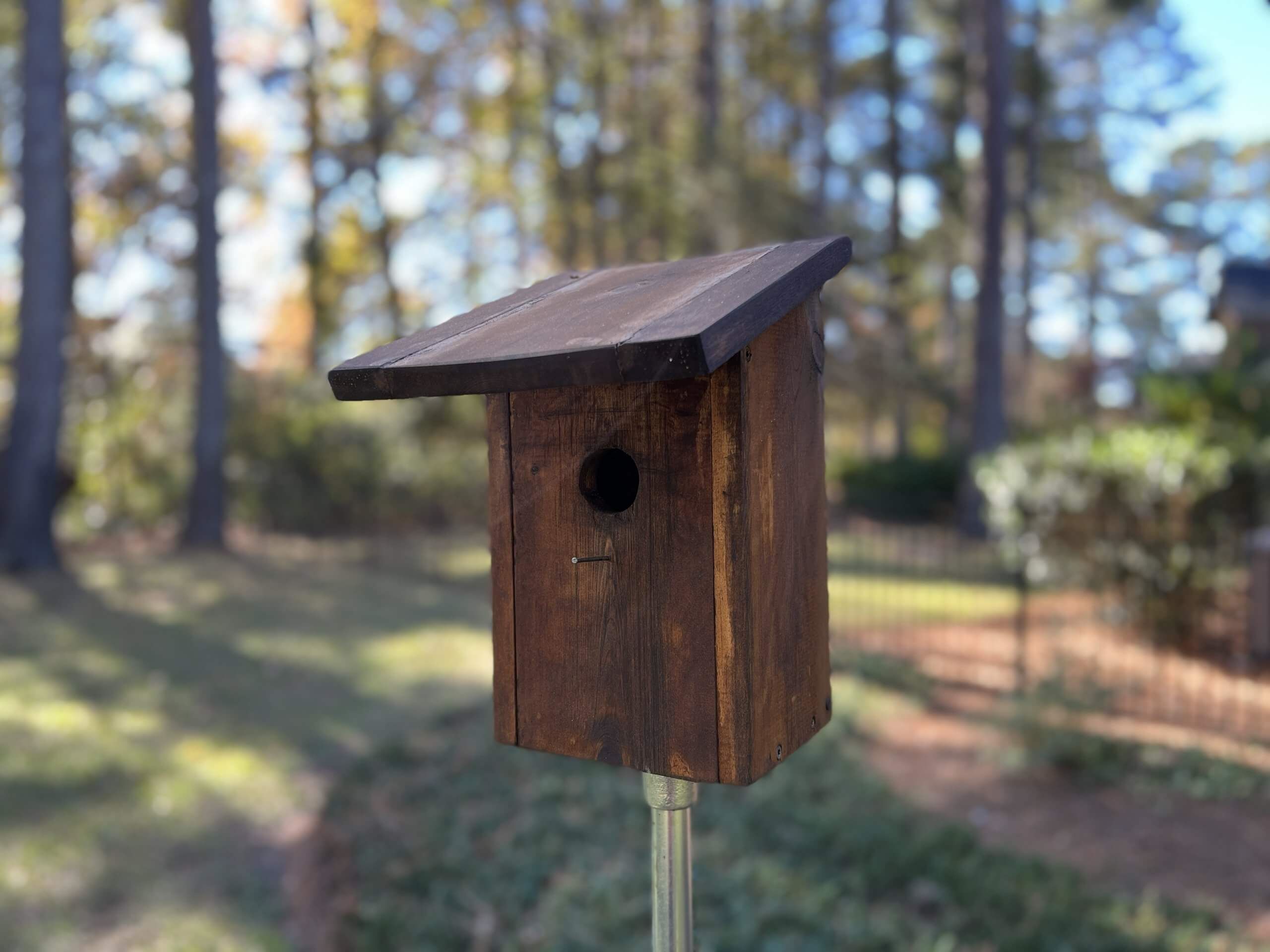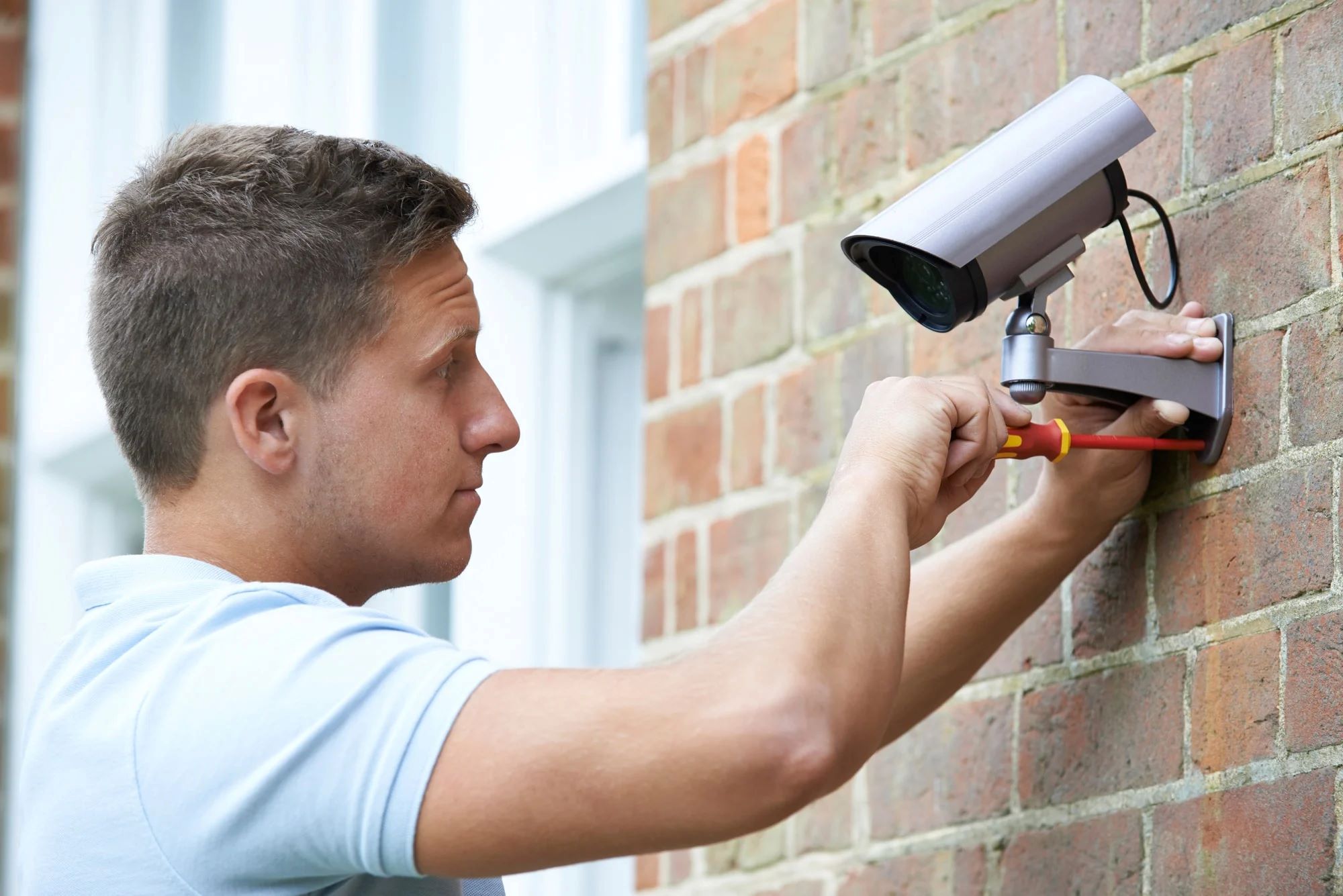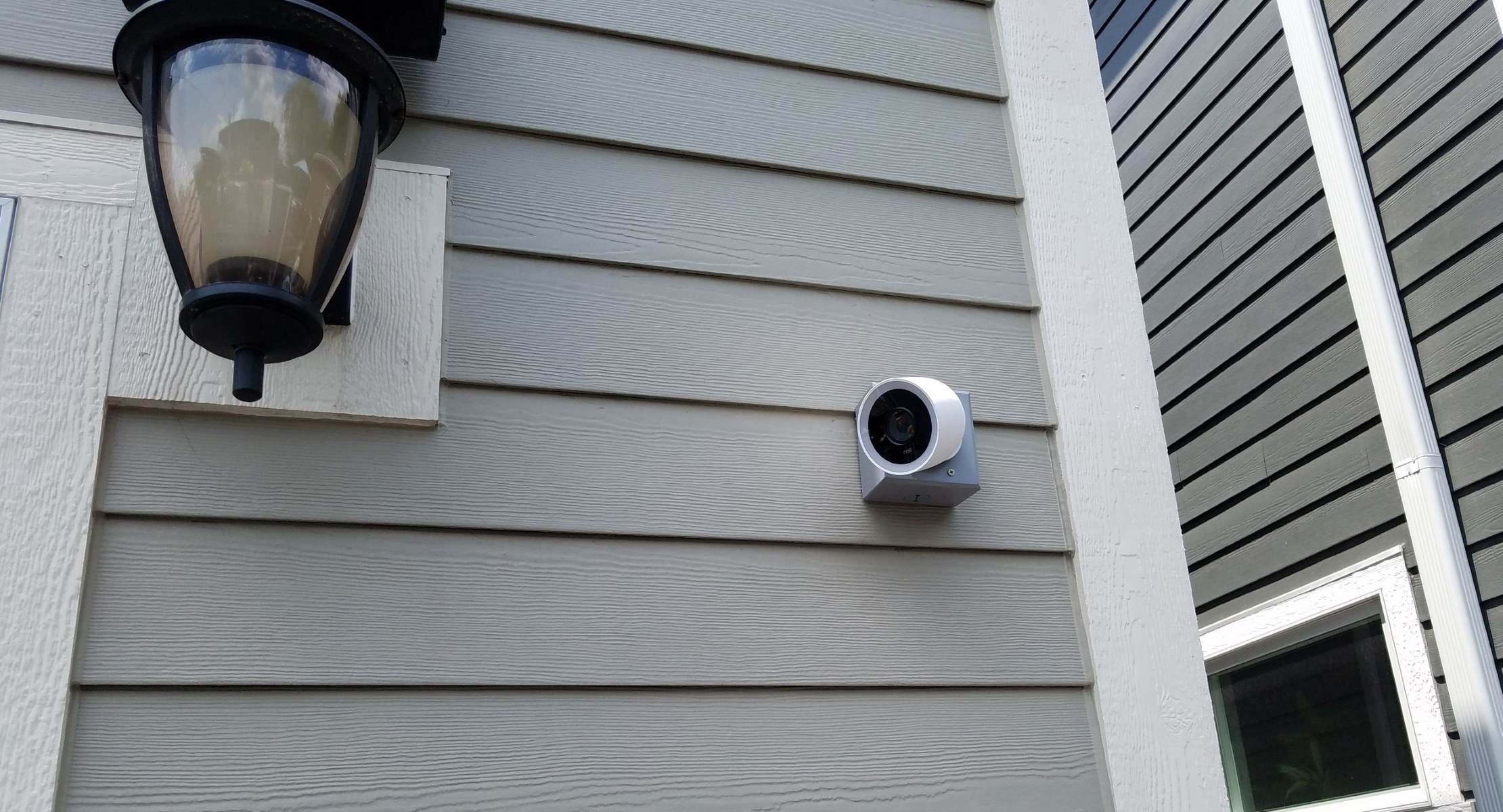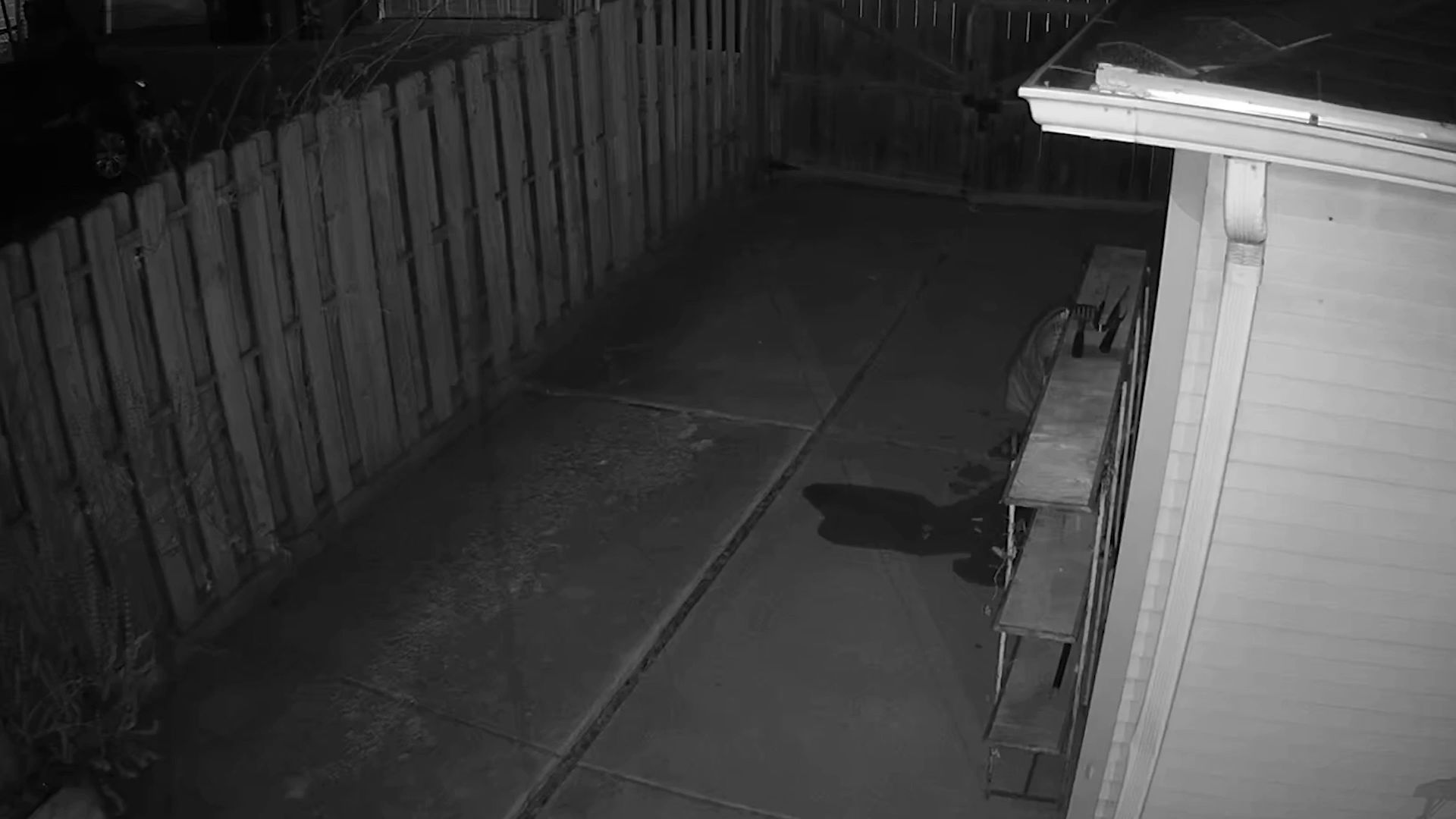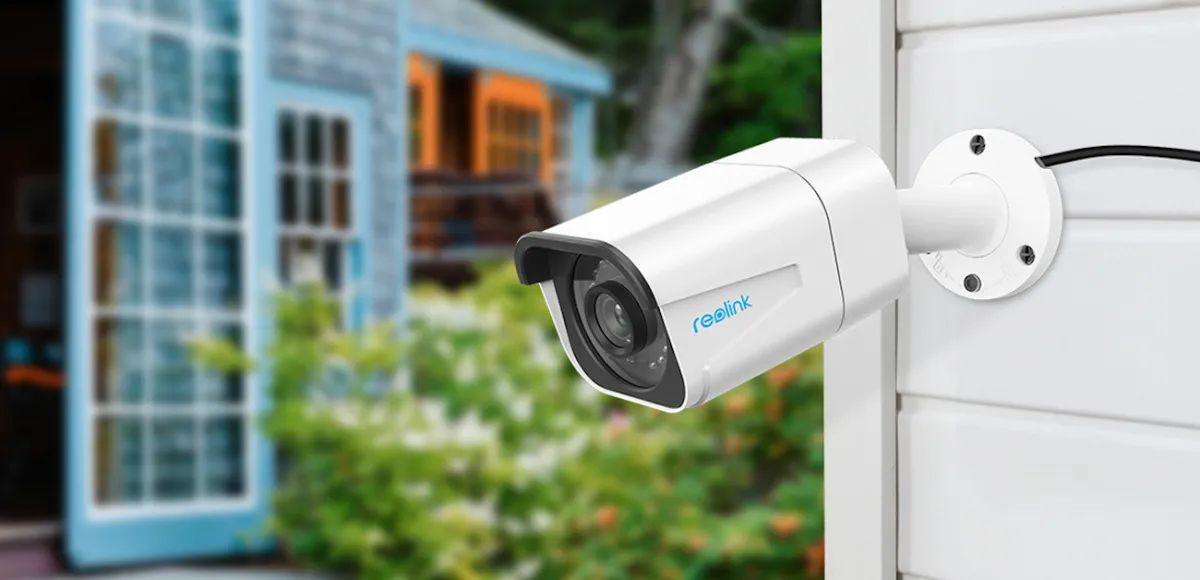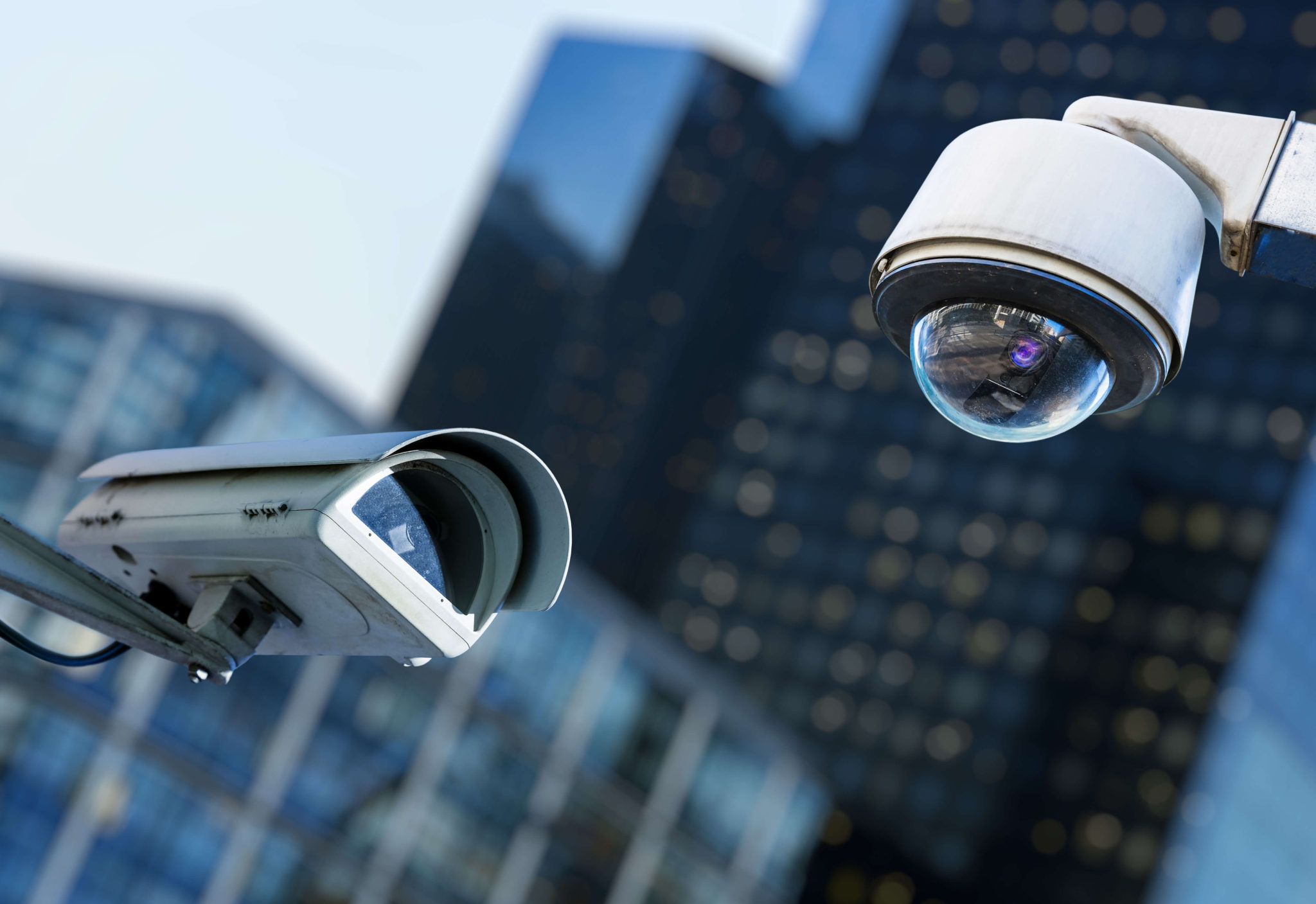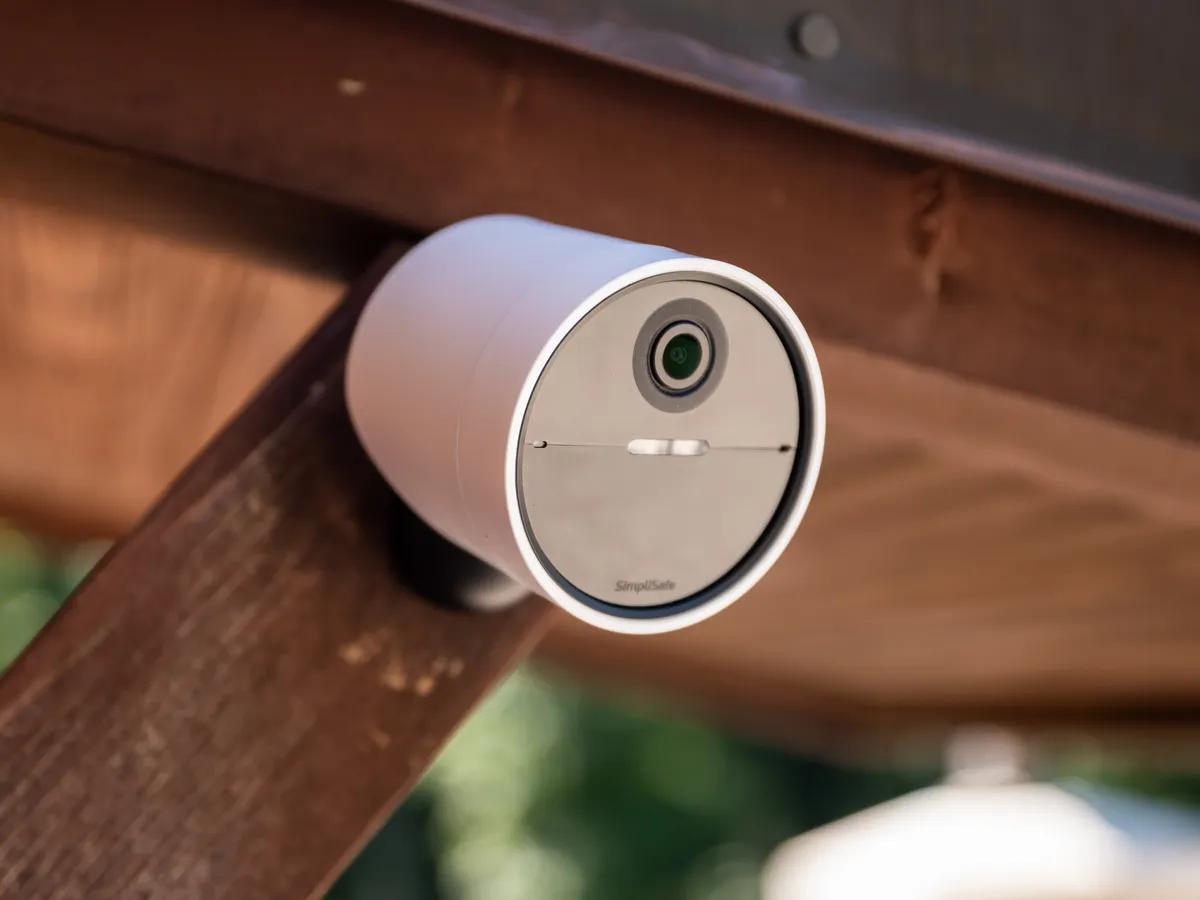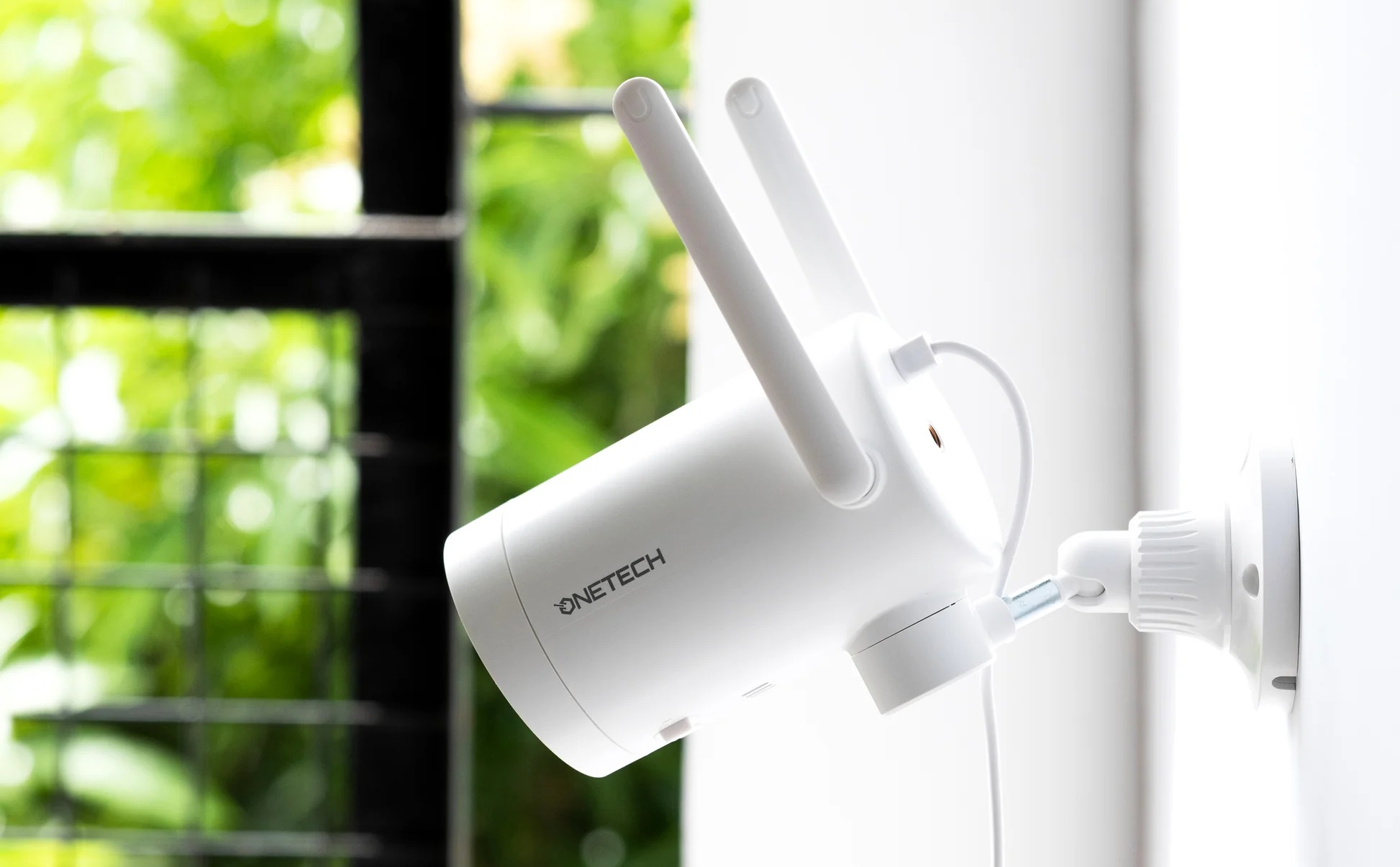Home>Home Security and Surveillance>How To Hide A Security Camera
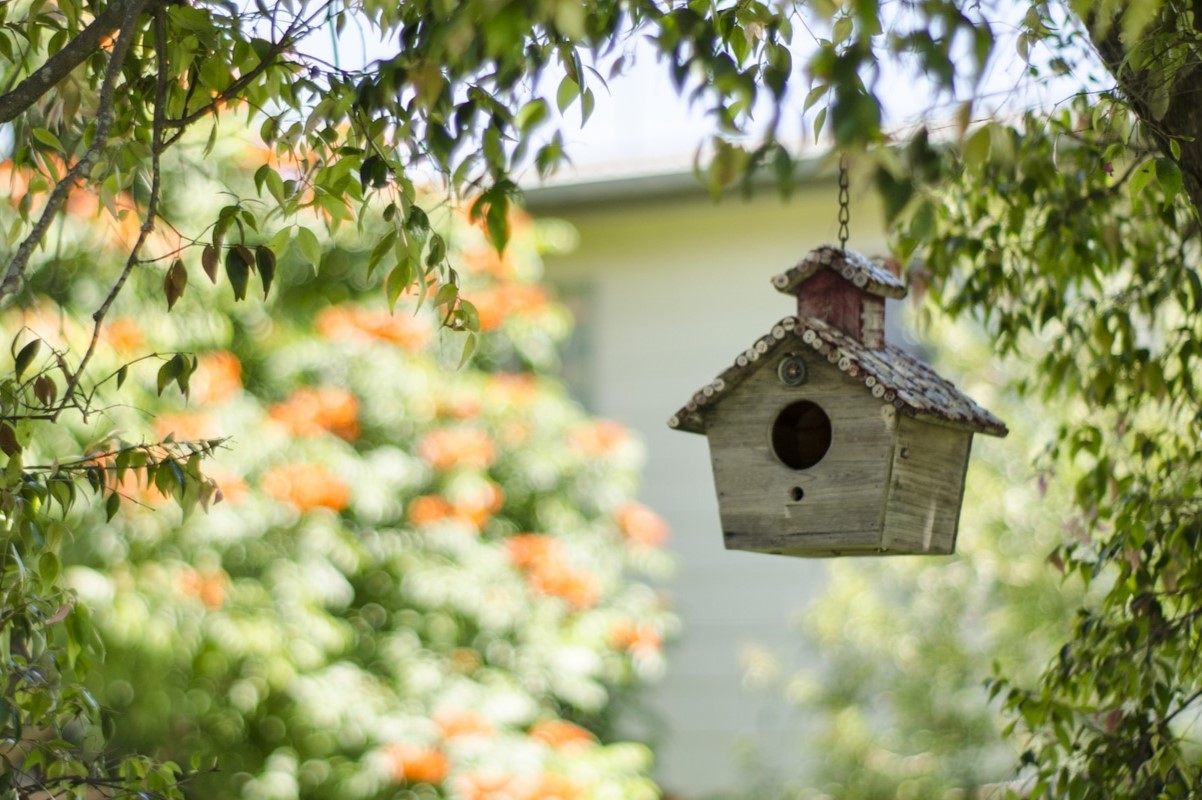

Home Security and Surveillance
How To Hide A Security Camera
Modified: March 6, 2024
Learn how to effectively hide a security camera at home for improved home security and surveillance. Discover creative and strategic methods to keep your camera discreet while capturing essential footage.
(Many of the links in this article redirect to a specific reviewed product. Your purchase of these products through affiliate links helps to generate commission for Storables.com, at no extra cost. Learn more)
Introduction
Welcome to the world of home security and surveillance, where peace of mind meets cutting-edge technology. In today’s fast-paced and increasingly interconnected world, protecting our homes and loved ones has never been more important. With the advancements in home security systems, including smart devices and high-definition cameras, it is easier than ever to monitor and safeguard our properties. However, the visibility of security cameras can sometimes be a deterrent for would-be intruders.
That’s where the art of hiding security cameras comes into play. Whether you want to maintain a discreet appearance, keep an eye on specific areas without drawing attention, or simply blend in with your home décor, there are various techniques and strategies to hide your security cameras in plain sight. In this article, we will explore different ways to effectively conceal your security cameras without compromising their functionality.
Before diving into the various hiding techniques, it’s essential to select the ideal camera location. Assessing your property and identifying the areas that require surveillance will help you determine the best places to install your cameras. This will ensure maximum coverage and strategic hiding spots.
Once you have chosen the right camera locations, it’s time to explore the different strategies for hiding your security cameras.
Key Takeaways:
- Choose strategic locations for your security cameras to maximize coverage and minimize detection, focusing on entry points, vulnerable areas, and high-value spots.
- Hide your security cameras creatively, such as disguising them as everyday objects, using camouflage techniques, and concealing them in hidden locations, while ensuring proper functionality and maintenance.
Read more: How To Hide From Security Cameras
Choosing the Right Camera Location
Choosing the right camera location is crucial for maximizing the effectiveness of your security system. Here are some key factors to consider:
- Entry and Exit Points: Identify the main entry and exit points of your property, such as doors and windows. These areas are prime spots for placing security cameras as they offer a clear view of anyone entering or leaving your home.
- Vulnerable Areas: Take note of vulnerable areas, such as blind spots, dark corners, or secluded spaces. These are areas where intruders are more likely to exploit. By placing cameras in these spots, you can deter potential criminals and capture any suspicious activity.
- High-Value Areas: Determine the high-value areas of your property, such as your driveway, backyard, or home office. These areas often contain valuable assets and are more prone to theft or intrusion. Placing cameras in these locations will help keep a close eye on these valuable areas.
- Outdoor and Indoor Coverage: Decide whether you need cameras solely for outdoor surveillance or if indoor coverage is also necessary. Outdoor cameras should be weatherproof and have night vision capabilities to capture footage in all conditions. Indoor cameras can be smaller and more discreet.
- Visibility: Consider the visibility of the cameras to potential intruders. Visible cameras can act as a deterrent, but they may also be prone to tampering. On the other hand, hidden cameras may capture more authentic behavior but may not deter intruders as effectively.
- Power and Connectivity: Ensure that the chosen camera locations have access to power outlets or, if using wireless cameras, have a stable internet connection. This will ensure continuous surveillance and monitoring without interruption.
By carefully considering these factors, you can strategically determine where to place your security cameras to ensure comprehensive coverage of your property while minimizing the risk of detection.
Concealing the Camera in Plain Sight
One of the most effective ways to hide a security camera is to conceal it in plain sight. By disguising the camera as an everyday object, you can maintain a low profile while still capturing valuable surveillance footage. Here are some clever techniques to consider:
- Wall Clock or Picture Frame: Install a security camera inside a wall clock or picture frame. This allows you to monitor a room discreetly while blending seamlessly with the surrounding decor.
- Smoke Detector: Choose a smoke detector with a hidden camera. These devices not only provide surveillance but also serve a double purpose by enhancing safety measures in your home.
- Invisible IR Lights: Install a camera with infrared (IR) capabilities behind a one-way mirror or tinted glass. This technique allows the camera to capture video in low-light conditions without attracting attention.
- Fake Plants or Bookshelf: Hide the camera within a fake plant or integrate it into a bookshelf. These can be effective hiding spots for indoor surveillance, especially in areas that naturally contain plants or books.
- Electrical Outlets: Utilize a camera that can be discreetly placed within an electrical outlet. This technique ensures that the camera is virtually invisible, as outlets are commonly found in every room.
When concealing a camera in plain sight, it’s essential to consider the camera’s field of view. Ensure that the chosen object or location allows for an unobstructed line of sight without compromising the camera’s performance. Additionally, position the camera at eye level to capture optimal facial recognition and clear footage.
Remember to regularly dust and clean the disguised camera to maintain its functionality. Avoid obstructing the camera with any objects that may hinder its view or audio capabilities.
By implementing these techniques, you can effectively hide your security cameras in plain sight, keeping your home protected without drawing attention to their presence.
Using Camouflage Techniques
Camouflage techniques are another ingenious way to hide your security cameras. By seamlessly blending the cameras with their surroundings, you can make them virtually undetectable. Here are a few effective camouflage techniques to consider:
- Nature-Inspired Camouflage: Use outdoor cameras that mimic natural elements, such as tree bark, rocks, or birdhouses. These designs help the cameras blend with the environment, making them less noticeable to potential intruders.
- Paint or Wrap: Customize the appearance of your cameras by painting them to match the color of the walls, ceiling, or other surfaces where they are installed. You can also use wraps that mimic common objects, such as housing fixtures or electrical boxes, creating the illusion that the camera is part of the infrastructure.
- Decoy Cameras: Place decoy cameras alongside your real ones. These dummy cameras give the appearance of a fully functioning surveillance system, fooling intruders into thinking they are being monitored closely.
- Scenic Views: Camouflage your outdoor cameras by placing them behind scenic views, such as bird feeders, garden ornaments, or hanging flower pots. This technique helps conceal the cameras while providing an attractive and natural backdrop.
- Reflective Materials: Use reflective materials to disguise the cameras. This method involves covering the camera with a thin layer of reflective material, such as mirrored tape or reflective paint, making it blend with the surrounding environment.
When implementing camouflage techniques, it’s crucial to ensure that the chosen materials or designs do not obstruct the camera lens or obstruct its functionality. Regularly inspect the cameras to remove any dirt, debris, or obstructions that may impact their performance.
Remember that the goal of camouflage techniques is to make the cameras inconspicuous without sacrificing their ability to capture clear and useful footage. By utilizing these techniques, you can effectively hide your security cameras in plain sight, providing optimal surveillance without drawing unwanted attention.
Disguising the Camera with Everyday Objects
Disguising security cameras with everyday objects is an effective way to hide them in plain sight while maintaining a normal and inconspicuous appearance. By cleverly integrating cameras into common household items, you can keep a watchful eye on your property without raising suspicion. Here are some creative ways to disguise your security cameras:
- Smart Speakers or Voice Assistants: Many homes now have smart speakers or voice assistants, such as Amazon Echo or Google Home. These devices often have built-in cameras that can be used for security purposes. By utilizing these devices, you can disguise your security camera as a harmless speaker, blending seamlessly into your home environment.
- Wall-Mounted Artwork: Install a small security camera inside a decorative wall-mounted artwork. This technique allows you to monitor a room discreetly while adding aesthetic value to your space.
- Outdoor Light Fixtures: Choose outdoor light fixtures that have integrated cameras. These devices combine the functionality of security cameras with outdoor lighting, making them inconspicuous yet effective in surveilling your property.
- Hiding in Plain Sight: Place cameras inside common household items like stuffed animals, tissue boxes, or clock radios. These objects are often overlooked and can serve as excellent hiding spots for indoor surveillance.
When disguising cameras with everyday objects, ensure that the chosen objects do not obstruct the camera lens and allow for an unobstructed view of the area you want to monitor. Additionally, position the objects strategically, considering factors such as lighting, angles, and maximum coverage.
Remember to regularly check and maintain the disguised cameras to ensure optimal functionality and clear image capture. Also, avoid placing the objects in suspicious or uncommon locations, as this may raise suspicion and defeat the purpose of hiding the cameras.
By using everyday objects to disguise your security cameras, you can effectively hide them in plain sight, providing an added layer of security without arousing suspicion.
Consider using a small, inconspicuous security camera that can be easily hidden in everyday objects like a plant, book, or wall clock. Make sure to position it in a way that still captures the area you want to monitor.
Installing the Camera in a Hidden Location
Installing security cameras in hidden locations is an effective way to keep them out of sight while still maintaining surveillance coverage. By strategically placing cameras in inconspicuous spots, you can monitor your property discreetly. Here are some ideas for hidden camera installation:
- Behind Vents or Air Grilles: Install cameras behind vents or air grilles to keep them hidden from view. This technique works well for indoor surveillance and allows the camera to blend with the existing infrastructure.
- Inside Household Fixtures: Consider installing cameras inside household fixtures, such as a bookshelf, potted plants, or furniture. By discreetly integrating the cameras into these fixtures, you can effectively conceal their presence.
- Within Ceiling Tiles or Wall Cavities: Use ceiling tiles or wall cavities to hide cameras. This technique works best for indoor surveillance, and it allows the cameras to remain completely out of sight.
- Outdoor Landscaping Features: Incorporate cameras into outdoor landscaping features, such as rocks, bird baths, or garden statues. These hidden locations provide an excellent vantage point without arousing suspicion.
- Under Eaves or Roof Overhangs: Utilize hidden camera enclosures that can be installed under eaves or roof overhangs. These locations provide an inconspicuous spot for outdoor surveillance while keeping the cameras protected from the elements.
When installing cameras in hidden locations, it is important to ensure that they are positioned correctly to capture the desired areas. Take into consideration the field of view, lighting conditions, and any potential obstructions that may affect the camera’s functionality.
Remember to regularly check and maintain hidden cameras, ensuring that they remain operational and free from any obstructions or debris that may impact their performance. Also, keep in mind that hidden camera installation may require professional assistance to ensure proper placement and functionality.
By installing security cameras in hidden locations, you can effectively monitor your property without drawing attention to their presence, enhancing your overall security measures.
Hiding the Camera Wiring
When it comes to concealing security cameras, it’s not just about hiding the camera itself; it’s also important to consider how to hide the wiring. Exposed wires can not only ruin the aesthetics of your home but also give away the presence of a camera. Here are some effective methods to hide camera wiring:
- Wireless Cameras: Opt for wireless cameras whenever possible. These cameras eliminate the need for wiring and provide more flexibility in terms of camera placement. Wireless cameras are easy to install and help maintain a clean and clutter-free look.
- Using Conduit: Install conduit along the walls or ceilings to conceal the camera wiring. Conduit is a plastic or metal tube that houses the wires and protects them from damage. It provides a neat and organized appearance while keeping the wires hidden.
- Inside Drywall or Baseboards: Consider running the camera wiring inside the walls or baseboards. This method requires professional assistance and may involve cutting into the walls to hide the wires. However, it provides a completely hidden and seamless look.
- Cable Raceways: Utilize cable raceways, which are adhesive strips that can be mounted on walls or baseboards. These raceways enclose the camera wires, keeping them hidden and protected while providing a clean and professional look.
- Painting the Wires: If the wires cannot be completely hidden, you can paint them to match the color of the walls or ceiling. This camouflages the wires and minimizes their visibility, making them blend into the background.
When hiding camera wiring, it’s essential to consider safety and accessibility. Ensure that the wires are properly secured and protected to prevent any damage or interference. It’s also important to plan ahead and determine the most efficient path for the wiring, avoiding areas that may pose a potential risk or create inconvenience for future maintenance.
By effectively hiding the camera wiring, you can maintain the aesthetics of your home while keeping the presence of your security cameras discreet.
Ensuring Proper Camera Functionality
While hiding security cameras is essential for maintaining a discreet surveillance system, it’s equally important to ensure proper camera functionality. Here are some key factors to consider to ensure that your cameras perform optimally:
- Clear Line of Sight: When positioning your cameras, ensure that there is a clear line of sight to the area you want to monitor. Avoid placing the cameras behind any obstructions, such as trees, shrubs, or furniture, which may disrupt the view and hinder the camera’s effectiveness.
- Proper Lighting: Consider the lighting conditions of the areas you are monitoring. Install cameras with night vision capabilities for outdoor surveillance or in low-light environments. Adequate lighting helps ensure that the camera can capture clear and usable footage even in challenging conditions.
- Regular Maintenance: Perform routine maintenance on your cameras to keep them in optimal working condition. This includes cleaning the lenses regularly, removing any dirt or debris that may affect image quality, and checking for any loose connections or damage.
- Power Supply: Ensure that your cameras have a stable power supply. If using wired cameras, verify that the power cables are securely connected and not damaged. If using wireless cameras, make sure they have a reliable power source, such as batteries or an uninterrupted power supply (UPS).
- Network Connectivity: If your cameras are connected to a network for remote monitoring or recording, ensure that they are properly connected and have a strong and stable internet or Wi-Fi connection. This will ensure seamless access to live feeds and stored footage.
- Test the System: Regularly test your surveillance system to ensure that all cameras are functioning correctly. Check for any blind spots or areas with poor image quality and adjust camera angles or positions as necessary.
By considering these factors and taking necessary precautions, you can ensure that your hidden security cameras are operating effectively, providing reliable surveillance and peace of mind.
Remember that regular maintenance and monitoring are essential to ensure the continued functionality of your security cameras. Stay attentive to any potential issues and address them promptly to maintain a robust and reliable surveillance system.
Conclusion
In today’s world, home security and surveillance are paramount. While installing visible security cameras can be a great deterrent, there are instances when it’s necessary to hide them in plain sight. By effectively concealing your security cameras, you can maintain a discreet and inconspicuous surveillance system without compromising on functionality.
Choosing the right camera locations, both indoors and outdoors, is crucial for optimal coverage. By identifying vulnerable areas and high-value locations, you can strategically position your cameras to monitor and protect your property effectively.
There are several techniques to hide your security cameras, including concealing them in plain sight, using camouflage techniques, and disguising them as everyday objects. By integrating the cameras into the environment or hiding them in common household items, you can accomplish the dual purpose of surveillance and aesthetic appeal.
Properly installing the cameras in hidden locations and concealing the wiring are also essential considerations. Whether utilizing wireless cameras, running wires through conduits, or hiding them behind air vents, ensuring proper camera functionality goes hand-in-hand with maintaining a discreet appearance.
Regular maintenance, including cleaning lenses, checking power and network connectivity, and conducting system tests, is fundamental for reliable and effective surveillance. By staying on top of maintenance and addressing any issues promptly, you can ensure that your hidden security cameras are always ready to capture clear and useful footage.
In conclusion, hiding security cameras can be a smart approach to maintaining surveillance without compromising aesthetics. By strategically selecting camera locations, utilizing clever disguises, and ensuring proper functionality, you can enhance the security of your home while maintaining a seamless and inconspicuous appearance. Protecting your loved ones and property has never been more important, and hiding your security cameras is an effective way to achieve this goal.
Frequently Asked Questions about How To Hide A Security Camera
Was this page helpful?
At Storables.com, we guarantee accurate and reliable information. Our content, validated by Expert Board Contributors, is crafted following stringent Editorial Policies. We're committed to providing you with well-researched, expert-backed insights for all your informational needs.
